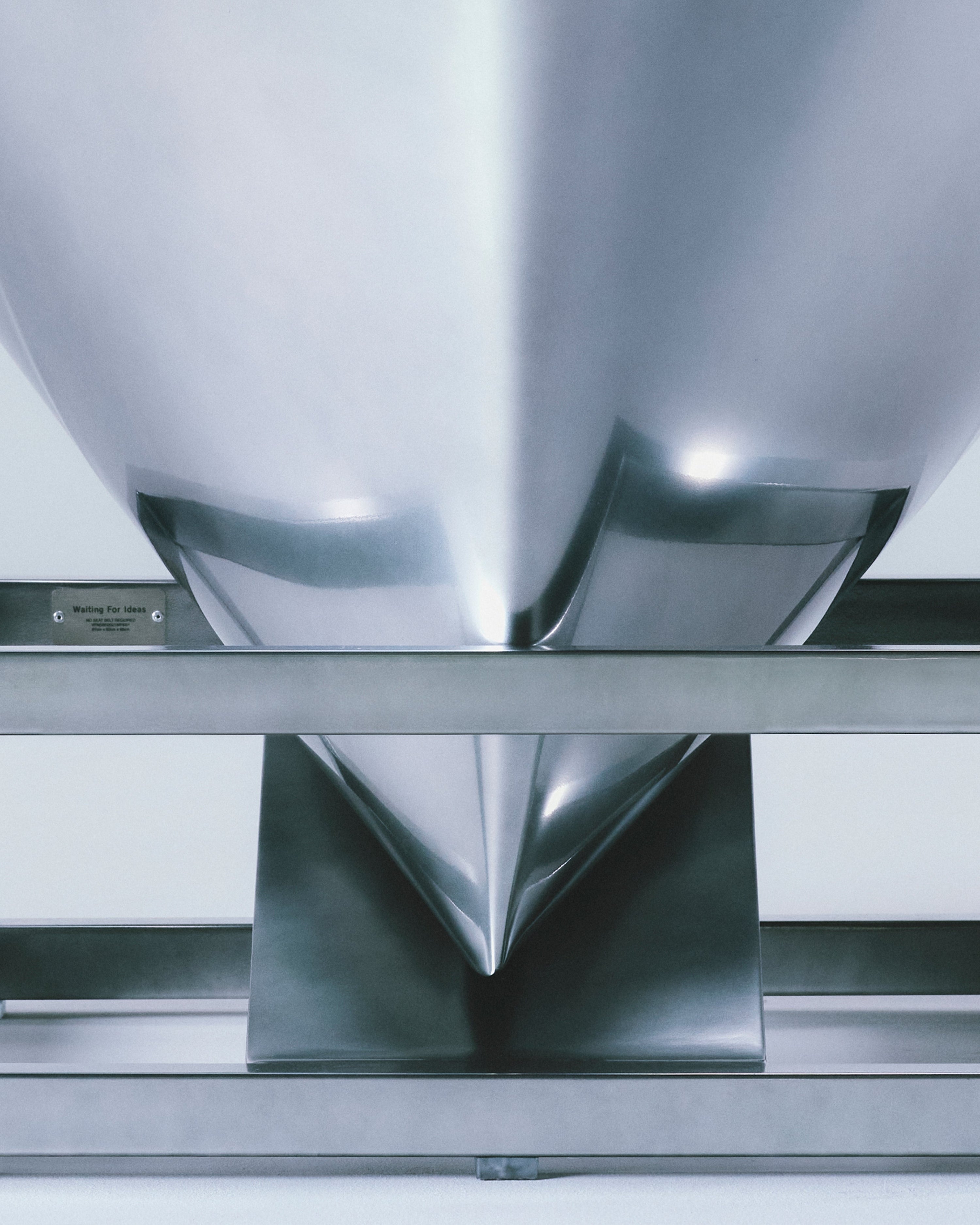
Annotations cc: Mathilde Hiley
von Anoe Melliou
·
Mathilde Hiley captures objects mid-thought, suspended in a play of function and fiction. In this conversation, design meets the intimacy of still life through photography, a medium of translation, or rather, an association that shapes collective interpretation. A shared curiosity pulls us into the currents of creative industries, where disciplines converge and reassemble into new forms of spatial and visual language. I repeat — errors within a disciplined practice have a way of forging the iconic.
Anoe: Is an image ever inert in your mind before you capture it?
Mathilde: Always. I begin with a vision and chase it until I get as close as possible. But reality never exactly aligns with what’s in my mind; there’s always a tension between the imagined and the real.

A: That reminds me of design as a process, where you begin with an idea, but every step toward realization demands recalibration. The concept must capture the essence, yet the transition is never flawless. In my experience, it requires a flow and stages of research, not just practically, but conceptually.
M: Photography is my way of engaging with design. The story begins with the object, and in response, I look for inspiration, a word, a metaphor. Recently, I photographed a table that at first glance resembled a car wash mechanism. So, I researched car wash references, and studied technical details. I love working that way because, with each project, I discover something new. That process helps me frame the object in a new way since after all, it’s never just about the object itself.
A: Considering the designer’s vision, the object’s design, your own associations, and the photographic process, how do you navigate the phases of your practice?
M: I appreciate the trust the designers usually give me with their pieces. It allows me to avoid lighting the object purely in a commercial way. Instead of striving for perfection, I focus on creating an atmosphere, letting the object naturally exist within it.

A: I relate to the designer's feeling of being so immersed in a project that seeing it in a novel context can be difficult. When a photographer brings a personal perspective, it’s a gift — revealing the work from a viewpoint that hasn’t been considered. What aspects of your identity manifest in your photography?
M: I think my love for painting comes through. I look for texture in my work, almost as if I were painting. Every image feels personal — it’s like giving something of myself to the project. In the studio, I need to control every aspect. I plan everything: the lighting, the backdrop, the setup. After that, I spend hours playing with the images. The editing process might be my favorite part: refining the details, painting with the brush tool, adjusting colors. This phase is an experimental process. It feels like being in a laboratory.

A: Creative fields converge. In photography, I sense a spatial awareness, much like in architecture. There’s more than just a two-dimensional image. How did that style develop for you?
M: I treat objects as beings. I assisted many fashion photographers and was deeply inspired by their approach and use of light. When I photograph objects, I still think of them as models. I see the object as a portrait. I try to bring objects to life within the space they occupy, making them feel present and animated.
A: Fashion emphasizes design over the individual by using styling and composition to direct attention to the garments rather than the model.
M: Exactly. In still life, I use techniques from fashion lighting because it’s sharp and precise. Since the model moves, the light has to illuminate the entire set in a very specific way.

A: You are able to capture presence. Your work is not about revealing every detail. There is a strong sense of atmosphere around the object, making the image unforgettable. How does that come through?
M: I see furniture as a work of art. I love elevating pieces; it's an instinctive game for me. I achieve this by using unconventional angles not typically seen in still life and by embracing imperfect lighting that adds depth and character. I used to chase perfection, but now I welcome mistakes. The photos I love most often come from errors, that bring a rawness and authenticity that perfection never could.
A: Breaking the rules — sometimes that’s what leads to something iconic.
__
Text: Anoe Melliou
Photography by Mathilde Hiley




